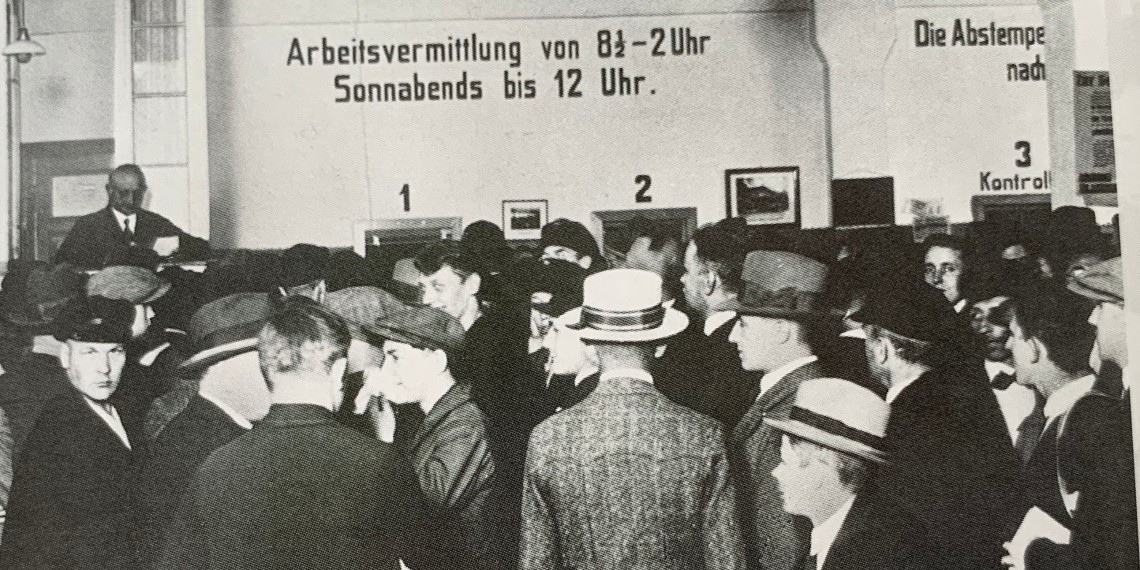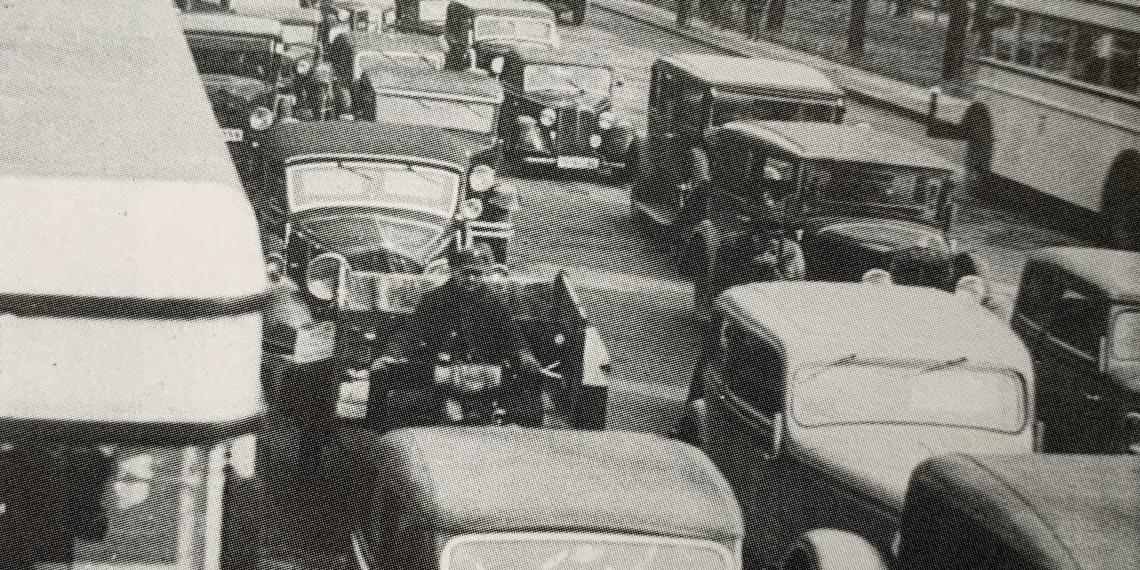Constant growth and turbulent years
1923

In the early 1920s, the aftermath of the First World War was still making itself felt on the financial sector; the Haftpflichtverband’s plans to extend its insurance range had to be postponed. But to prevent losing e.g. fire and accident insurance to the competition, the Haftpflichtverband joined together with the Gerling Group to found the joint-stock company “Eisen und Stahl” in 1923.
1924
The reinsurance treaty with the previous reinsurer “Erste Österreichische Allgemeine Unfall-Versicherungs-Gesellschaft” in Vienna was canceled and a new one concluded with “Eisen und Stahl”. For “Eisen und Stahl”, this marked its entry into reinsurance business.
1928

In 1928 the Haftpflichtverband offered own-damage and accident insurance for motor vehicles for the first time, in 1932 private accident insurance for employees of the member organisations. This was intended primarily to consolidate the in-force portfolio and to prevent these insurance covers being taken out with other companies, which might have potentially “indirectly jeopardised the Haftpflichtverband’s own traditional domain of liability insurance for motor vehicles and industrial operations.”
1936
In the course of the years, further carefully chosen employer's liability insurance associations joined: by 1936 only eight of the 18 sections still came from the iron and steel industry – so the decision was taken to shorten the name to “Haftpflichtverband der Deutschen Industrie”. Around this time, "re-alignment" by the Nazi government also affected the employer's liability insurance associations.
In the early years after 1936, increasing weapons production under the terms of the "four-year plan" also triggered a rapid rise in the number of the Haftpflichtverband's policies and boosted its premium income. In 1938 the government price control authority prescribed introduction of a standard premium table: this effectively thwarted competition, especially in motor insurance.
The Haftpflichtverband could not hope for special privileges or protection from the government, as it had no contacts or connections with the ruling NSDAP party – on the contrary: the Chairman of the Supervisory Board as of 1938 was Wilhelm Beck, whose brother, Army Chief of Staff Ludwig Beck, was a member of the resistance against national socialism and was forced to commit suicide after the failed assassination attempt against Hitler on 20 July 1944.
1952
After the end of the Second World War it became apparent that the hitherto strong orientation towards the employer's liability insurance associations was by now becoming more of a hindrance than a help. For 50 years, the Haftpflichtverband had been a pure industrial insurer, offering liability, accident and motor insurance cover for a limited group of industrial clients; that needed to change. The Haftpflichtverband had to re-organise and in 1952 passed new Articles of Association severing ties to the previous employer's liability association structures.